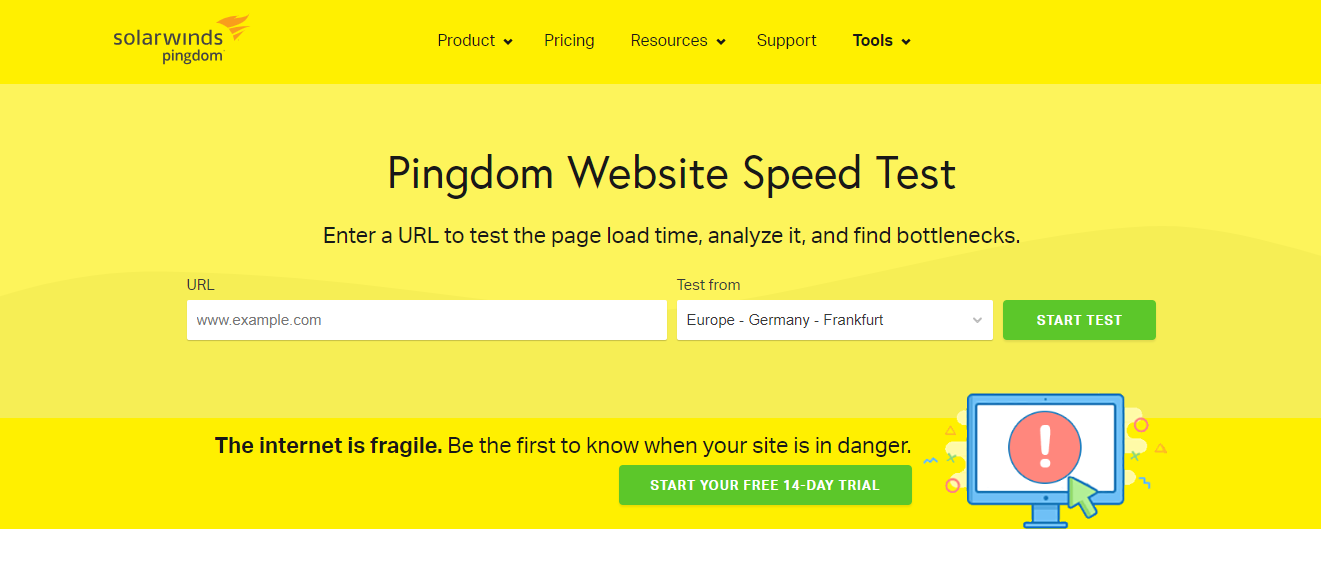Every year begins with new digital marketing rumors. After SEO and content marketing, it’s now the turn of email marketing, with a buzz suggesting that email marketing is dead. How can a marketing channel that yields $36 for every $1 spent be considered dead? The real concern should be some of the common email marketing mistakes that marketers and businesses make during their campaigns.
Let’s assume you’ve been using email marketing for years as a part of your marketing strategy and yet struggling to get the desired results. If you suddenly find it as one of the most profitable channels, you might be surprised or dumbstruck, thinking what went wrong in your campaign. well, there’s a chance you might be making some common email marketing mistakes.
In this blog, we’ll cover common email marketing mistakes and provide actionable tips to give your email marketing a fresh perspective and boost your profits. Let’s dive in.
Also Read: What you need to know about healthcare email marketing
Not Personalizing Subject Lines
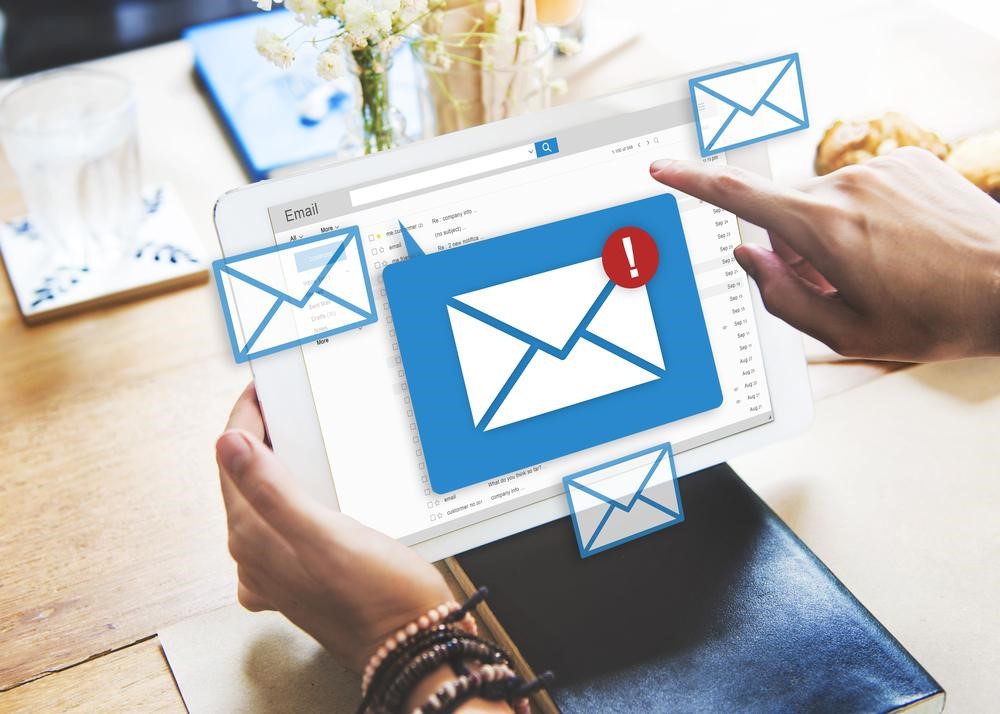
One of the most repetitive email marketing mistakes starts with the very first aspect that viewers notice – the subject line. Drafting a general subject line for thousands of users is one notorious mistake every marketer is guilty of.
Email subject lines can be formal, short, quirky, or funny, depending on who your audience is.
Segmenting your audience based on geographical area, job position, and preferences will help you draft more filtered and personalized subject lines for each group. Which can automatically reduce the chances of making obvious email marketing mistakes while crafting the subject line.
The key is to target their unique pain points while also increasing email opening rates. Take Spotify, for example; they will send something like, “Hey Casey, your weekly playlist is here.” Not only is the subject line personalized, but the playlist also matches the recipient’s taste in music.
Another great example is Netflix, Netflix is sending email reminders to subscribers who watched Squid Games Season 1 about the upcoming Season 2. The email states, “Coming Friday, January 31st, watch Squid Games Season 2.”
Groupon also cleverly targeted a specific demographic with a subject line like “Deals That Make Us Proud (Unlike Our Nephew, Steve).” Here, the subject line is intended to be funny yet have useful deals that make the recipient open the email.
Approaching the target audience with personalized subject lines shows that you care about them. Recommendations tailored to their interests make them feel valued and offer something they can gain.
Not Leveraging Your CTA Properly
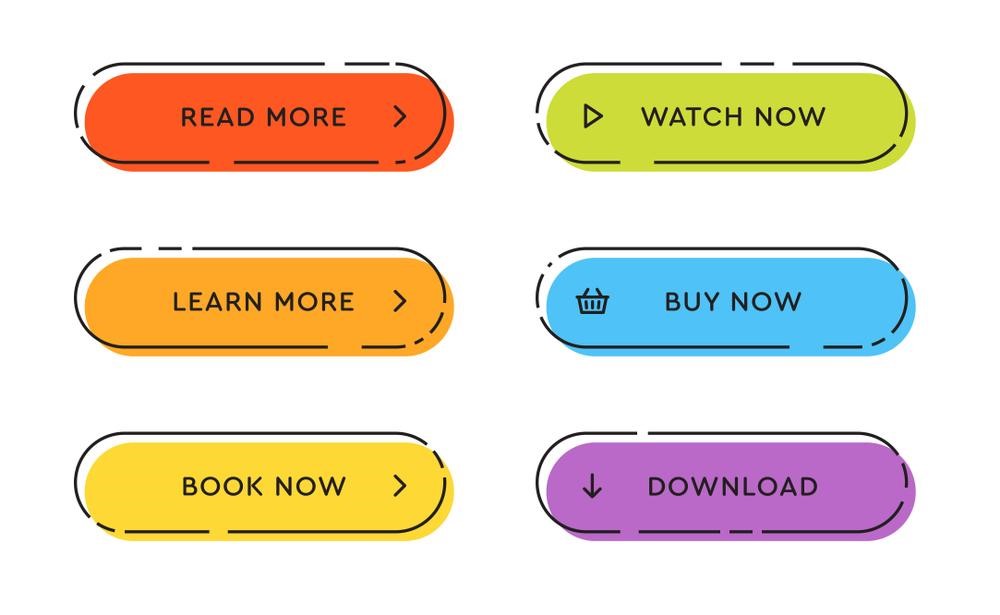
Businesses mess up leveraging CTAs in several ways. They either add too many CTAs or none at all. Often, multiple offers and many CTAs cause users to have information overload and confusion about which one is the actual CTA.
A more refined approach involves categorizing CTAs based on the user’s position in the sales funnel.
Top of the Funnel – For those at the top of the funnel, offer educational materials or resources, such as a meal plan for your fitness app brand.
Middle of the Funnel – In the middle of the funnel, you can encourage users to take a specific action. For example, they could participate in a free week-long yoga series conducted by a professional yoga instructor.
Bottom of the Funnel – At the bottom of the funnel, the focus should be on the ultimate conversion. One way is to encourage users to sign up for a personalized fitness plan with [name of the app].
Remember, when it comes to CTAs, less is more. Clear and direct content with offerings that benefit your audience increases the likelihood of them hitting that CTA button.
Making Your Emails a One-Way Conversation
Many small as well as large businesses make this sneaky email marketing mistake. They keep on sending emails without initiating to offer help or getting to know their clients’ pain points in return.
Prompting your audience to respond will help you in two ways.
First, you will know how you can improve your product or offering based on their concerns. It’s great because when you make changes the audience suggested they become more loyal and feel appreciated. Additionally, you end up cracking the code on what your audience really want, improving their buying experience.
Second, when more of your users reply to your emails, providers like Gmail and Outlook perceive and analyze two-way communication. Which helps you get into fewer spam boxes and more main boxes.
The easiest approach is to ask a question. For instance, if you’re a personal finance company, create a poll for subscribers: “Which is more convenient: SIP or lumpsum investment?” Use insights to offer a personalized investment plan, like “5 SIPs to Secure Your Family’s Financial Future.”
While this seems like a small step to interact with users with surveys and questions. You can collect useful data and also solve users’ queries one-on-one, making them trust you and helping them make purchases in the future.
Not Knowing the Email Frequency
Your email frequency can either make your brand helpful and insightful or turn it into an ‘irritating and I-can’t-wait-to-unsubscribe’ experience. Finding the sweet spot in terms frequency of emails sent in a month is an ideal way to prevent this common email marketing mistake. Here’s how.
Depending on your niche, whether B2B or B2C, your email-sending frequency should be altered.
Research conducted by Omnisend has some interesting observations. According to the survey conducted on online stores, B2C stores sending 10-19 emails in a month received more purchase orders than those sending 2-3 emails.
However, your bulk email strategy will likely fail if you are a B2B company. Sending 2 to 3 emails per month is considered optimal when communicating with other businesses.
Keep in mind that email metrics, such as open rate and click rate, can vary based on your industry. The smart step would be to simply ask your subscribers how often they would like to see you in their mailbox. This way, you ensure that they are the decision-makers.
Not Relying on Automation
It’s 2024, and if you haven’t used AI in your email campaign, you are living under a rock. Gone are the days when you would manually send emails. When it comes to getting ahead of the competition in less time, email automation comes in handy. You can accomplish the following tasks using automation.
- Sending automated welcome emails (statistics show almost a 14% click through rate).
- Creating customer segment-based email copies for users.
- Triggering an email response upon noticing abandoned carts (A data suggests It has a 45% open rate and 21% click rate.)
- With the help of automated tools, you can prepare a thorough email sequence. It’s a series of emails sent out automatically in response to a schedule based on the actions of the subscriber.
For instance, Amazon regularly sends product review emails, where the automated email comes after purchasing a product and asks the buyer to review it. This is also a convenient way to control negative reviews by addressing concerns.
Apart from saving time, relying on automation is a big win. It helps in capturing leads, engaging with subscribers, and addressing their issues, ultimately strengthening the relationships and paving the way for conversion.
Not Updating the Subscriber’s List
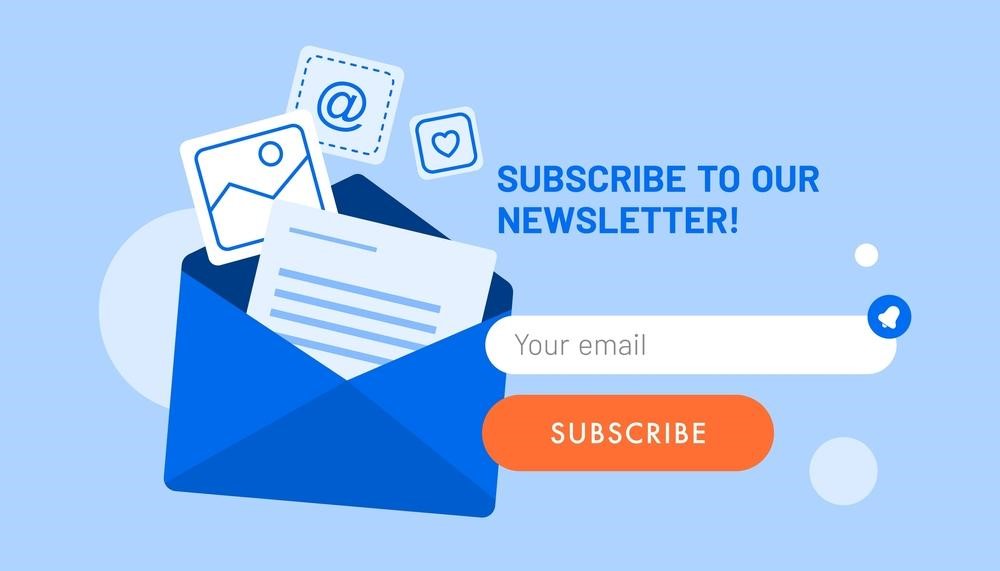
While businesses love the staggering numbers of subscribers. It would be a great email marketing mistake to solely associate the higher number of subscribers with a measure of a successful email marketing campaign.
Essentially, having a large portion of subscribers who don’t open or interact with your email would be a nuisance. Moreover, those inactive subscribers are also the reason your emails appear at the bottom of your subscribers’ mailboxes. Apparently, they could also increase your chances of landing in the spam box.
One common measure businesses can use to address this problem is simply to ask subscribers if they are genuinely interested in receiving emails. Additionally, providing an unsubscribe link is a convenient way for them to opt out if not interested.
Even though it is quite difficult to determine the number of inactive subscribers, another actionable tip would be to establish criteria for eliminating inactive subscribers. For instance, setting guidelines, such as people who haven’t responded or taken any action in the last 30 emails, will be removed.
There is also a clever way to reengage them by sending an email notifying them of their inactivity, which led to their removal. This could give them a wake-up call and prompt them to reflect on their priorities.
Not Sending a Welcome Email
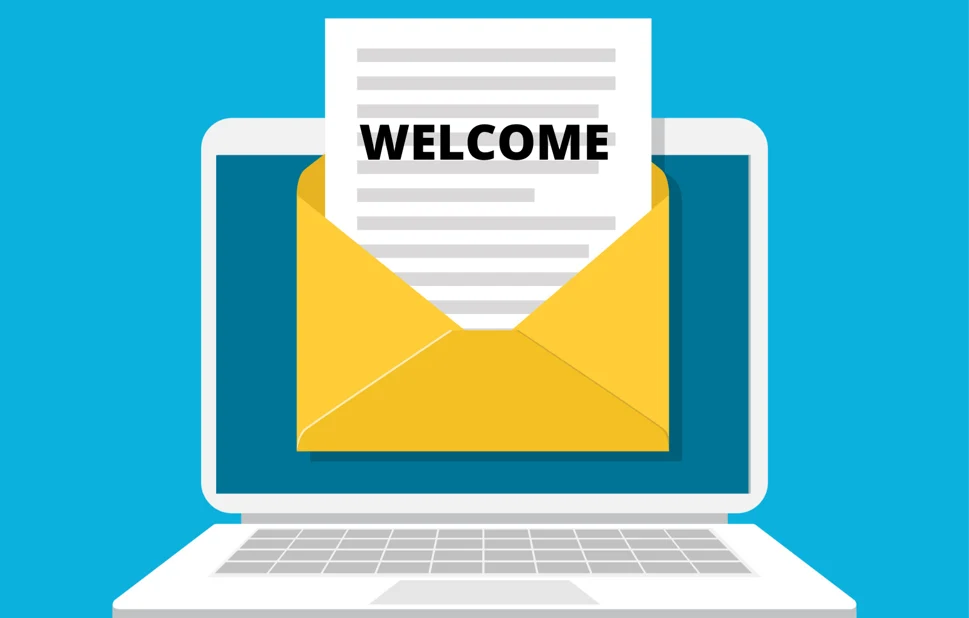
Not sending a welcome email can be a grave email marketing mistake many businesses make. A welcome email provides a warm start to any client-business relationship. Since everything has shifted to the online sphere, a welcome through email is also considered a great stepping stone in the sales funnel.
When people sign up with their email address, they are curious about your offering. A great welcome email can further entice their curiosity by providing additional information about the product.
Here are a few things you must include in a welcome email that sets the tone for future transactions.
Keep Subject Line Concise
A short and concise subject line that appreciates and acknowledges the user for becoming a part of the community.
Tell Them What to Expect
In the body, you can give a glimpse of your brand and what subscribers can expect. For example, if you are a healthcare brand, you can highlight a few USPs of your brand, like being plant-based, sustainable, and enriched with micronutrients.
Explain the Trade-off
Mention what they will get if they subscribe to the email list, like a few free plant-based recipes, a free webinar with health experts, etc.
Prompt Them to Take Action
Lastly, add a call to action to measure how well it was received.
Not Implementing Data and Analysis

Failing to leverage data and analysis can be a significant email marketing mistake. It can cost you more than your email marketing budget. Here’s how embracing data-driven email marketing strategies can help you seize missed opportunities.
- Interpreting Useful Metrics
The ability to interpret common metrics such as open rates, click-through rates, and conversion rates gives businesses a surface-level understanding. These metrics measure how well their email marketing is performing.
For a more nuanced understanding, metrics like deliverability—reflecting how many emails landed in users’ mailboxes instead of the spam box—are more constructive. Ignoring these crucial points in data analysis and continuing to send emails without data intervention is an outdated concept in marketing.
For example, HubSpot, by analyzing their newsletter click-through rate, brainstormed and came up with a simple solution like changing the layout and format. They reconstructed the strategy and showed an impressive 12% growth.
- Segmenting the Audience
Data can streamline your audience segmentation process based on the stage of the sales funnel, buying preference, age, gender, area, and so on. This gives your email marketing a more nuanced and tailored approach that reflects positive changes in your metrics.
You can never alter your current strategy if you fail to analyze data and take insights from it to construct a better strategy. Setting these metrics and KPIs helps define the success of your email campaign.
Not Using A/B Testing
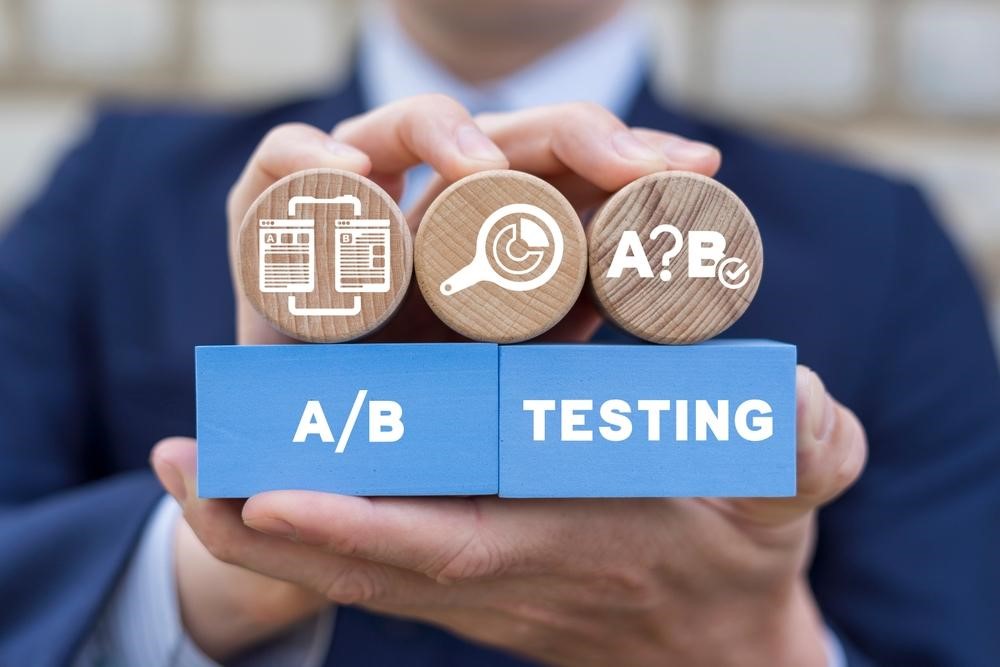
Just like data, A/B testing is the soul of a marketing campaign. Your greatest email marketing mistake would be to refrain from this age-old practice in your email marketing campaign.
A/B testing simply tests and analyzes which version produces better results by sending different variants of your email to distinct audience segments. A/B testing goes beyond changing subject lines. It basically tests everything from images to body content, format, personalization, and calls to action.
By not including this in your email campaign, you miss out on a plethora of crucial insights. They can improve your email campaign by leaps and bounds. For example, it tests by implementing different lengths of subject lines and the order of words. It also explores various types of visual content, such as audio or video, to notice the difference in responses.
According to a statistic, almost 40% of brands failed to conduct A/B testing on their emails. Many businesses have even noticed a change in response when they changed the size and color of the CTA button.
In a nutshell, A/B testing is a rigorous method where learning, relearning, and unlearning are constants. Businesses find it difficult at first, but when being consistent enough, it can reap positive changes in an email campaign.
The Bottom Line
Now that you know how to fix these common email marketing mistakes, you’ll start seeing things get better in your email marketing game.
When you use these tips in your ongoing campaigns, some might seem small, but they have the power to transform your email marketing efforts.
If you’re having a tough time with these email blunders and need some expert help, LeanSummits has a team of seasoned experts who can take your load off and help you reflect on these mistakes and increase conversions

